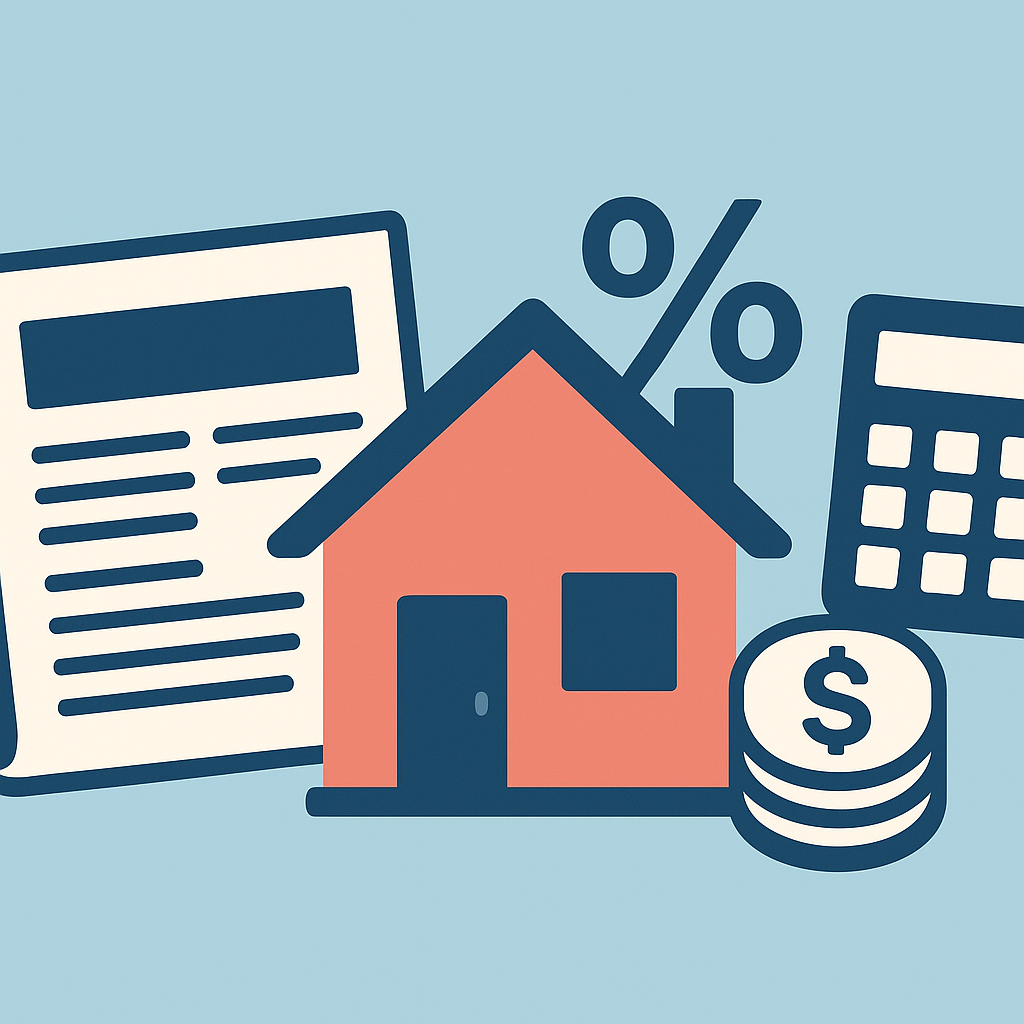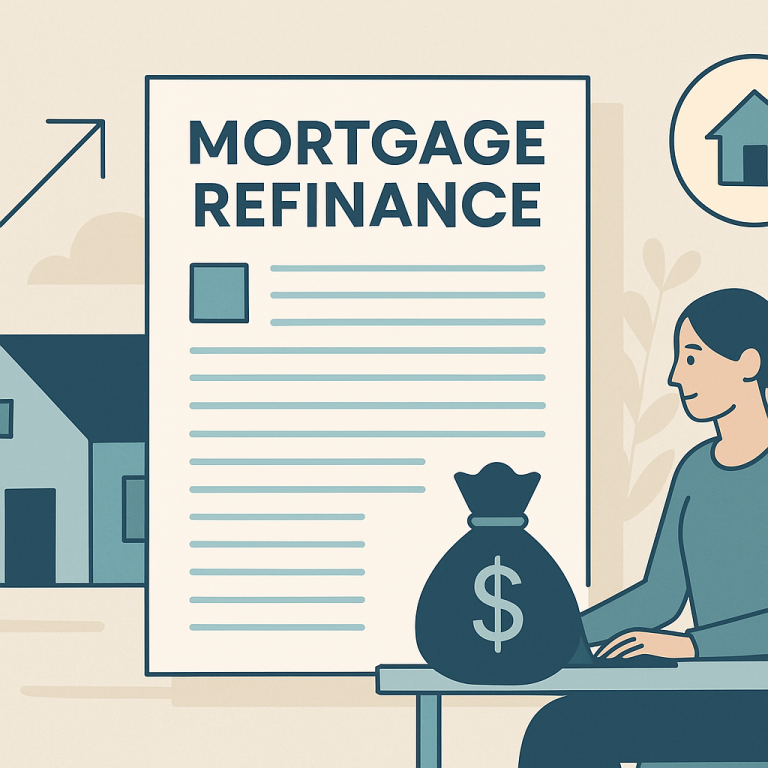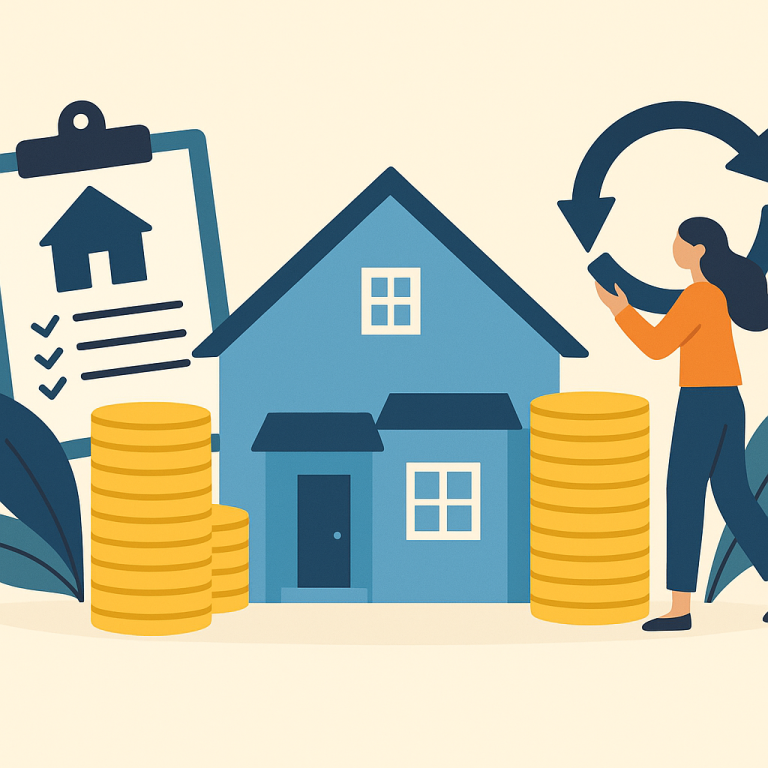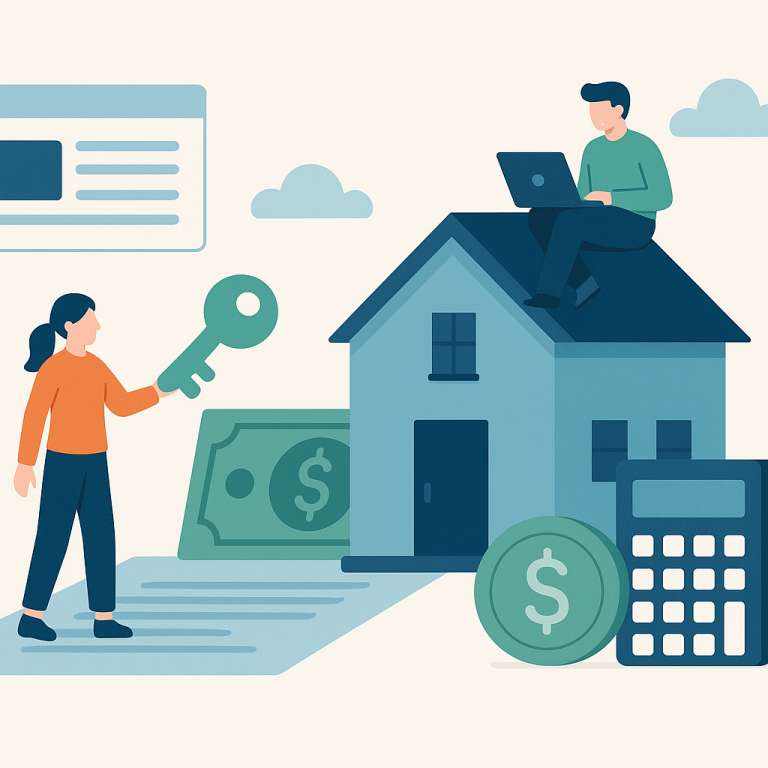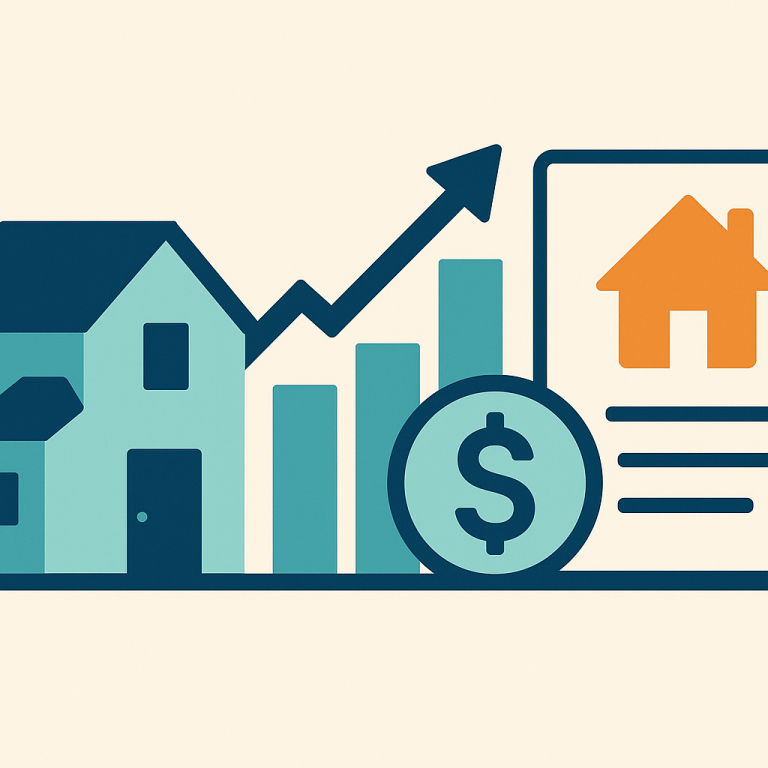Mortgage Refinance Applications Fall 12% After Rates Rise, MBA Reports
At a glance: The latest mortgage rate drop and how it could affect refinancing decisions.
Mortgage rates have moved lower. That can improve affordability and may reopen refinance options for borrowers whose current rate is above today’s quotes.
What the Rate Drop Means for Borrowers
Homeowners who postponed refinancing during the period of elevated mortgage rates are increasingly re-evaluating their options as rates moderate. Lenders and mortgage brokers report a cautious uptick in inquiries, with borrowers weighing the possibility of reducing monthly payments, shortening loan terms, or accessing home equity. The renewed interest underscores a central decision homeowners face: whether today’s rate environment aligns with their financial goals enough to justify the costs and process of refinancing.
Refinancing can produce meaningful savings, but the benefit is rarely automatic. Key considerations include closing costs, the borrower’s remaining time in the home, current loan terms, and personal financial objectives. A lower headline rate does not always translate to lower lifetime cost if the refinance resets the amortization schedule or includes high fees.
What’s Driving the Current Refinancing Consideration
Several common factors are prompting homeowners to revisit refinancing:
- Rate moderation: As mortgage rates ease from their peak, the differential between existing loan rates and current offers may be large enough to make refinancing attractive.
- Life changes: Changes in income, a desire to consolidate higher-interest debt, or planning for retirement can shift priorities toward a new mortgage structure.
- Equity growth: Rising home values and principal paydown can improve loan-to-value ratios, increasing eligibility for better refinance products and cash-out options.
Borrowers also face product choices that influence the refinancing decision: converting from an adjustable-rate mortgage to a fixed-rate for stability, shortening the term to accelerate equity building, or taking a cash-out refinance to fund renovations or other needs. Each choice carries trade-offs between monthly payment, total interest paid, and liquidity.
Practical Steps for Homeowners Considering Refinancing
Homeowners can take several practical steps to determine whether refinancing makes sense for their situation:
- Calculate the break-even period: Compare closing costs against monthly savings to find how long it will take to recoup refinancing expenses.
- Compare multiple lender offers: Rate quotes, fee structures, and underwriting timelines vary—shopping around helps secure the most favorable terms.
- Assess credit and documentation readiness: A stronger credit profile and organized paperwork typically lead to better rates and smoother approval.
- Consider loan term effects: Shortening the term reduces interest paid over the life of the loan but may increase monthly payments; extending the term can lower payments but increase total interest.
- Evaluate cash-out implications: Tapping equity increases loan balance and may affect monthly payments and long-term interest, and it can alter future refinancing flexibility.
Timing and market volatility matter. Homeowners who expect further rate declines may decide to wait and monitor the market, while those who prioritize certainty—such as retirees or households with fixed budgets—may prefer to lock in a favorable fixed rate now. Lock options, float-down provisions, and commitment timelines are features to discuss with lenders.
Homeowner Takeaways
- Refinance when projected savings exceed closing costs within a reasonable break-even period tied to your expected time in the home.
- Shop lenders and scrutinize fees, not just the interest rate, to understand the true cost of refinancing.
- Match the refinance product to your long-term goals: stability, debt reduction, or access to cash each imply different choices.
- Be mindful of credit, equity, and tax considerations that can affect eligibility and benefits.
Refinancing remains a powerful tool, but its value depends on individual circumstances and careful comparison of alternatives. Homeowners should approach the decision with clear objectives, realistic estimates of costs and savings, and a readiness to act if the numbers support a refinance.
META: refinancing, mortgage rates, homeowner takeaways, break-even analysis, loan term considerations

